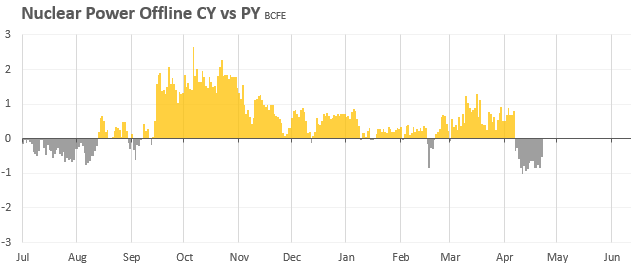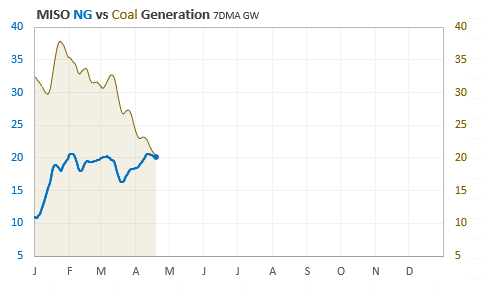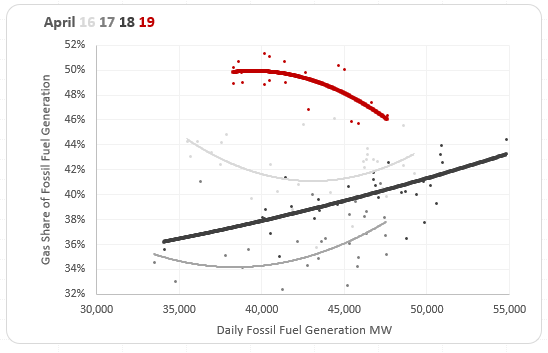With yesterday's release of traffic data for January, here's a look at the long term traffic and fuel economy trends in the US. In 15 years, with the GFC conspicuous mid-decade, miles driven has increased 8-9%, to about 3.23 trillion miles per year. Over the same period, fuel economy (a crude measure using unleaded fuel demand vs miles driven) has improved minimally (about 6-7%) to about 22.5 MPG.
New cars aren't poised to lift the average so very much:
"(Reuters) - The fuel economy of new U.S. cars and trucks hit a record 24.7 miles per gallon in the 2016 model year..."
With miles driven growing faster than fuel economy improves, total fuel consumption goes up axiomatically. But common sense suggests that a combination of slower population growth, fuel economy improvements (and mandates), and slower GDP growth, plus the wild card of ride sharing, should influence this trend.
This graph is low resolution to begin with, and I've done some smoothing, but everything is built on EIA and DOT data, in Miles per Gallon of Unleaded, and Trillion Miles Traveled per Year.


















